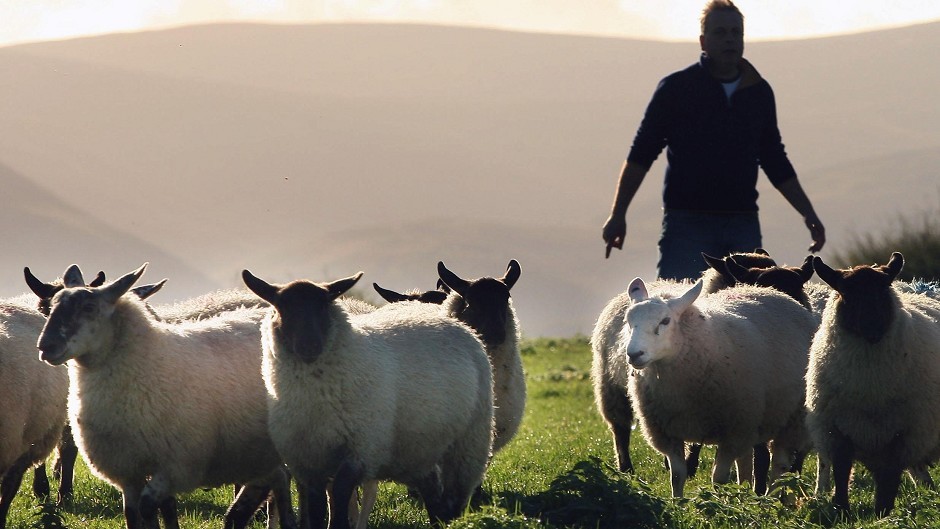NFU Scotland has called for the abolition of the Scottish Agricultural Wages Board (SAWB).
Responding to a government consultation on the future of the board, the union said agricultural workers’ conditions and pay should be determined under general employment law, rather than by rules set by a separate board.
The union’s legal and technical policy manager, Gemma Thomson, said legislation introduced since the board’s inception meant it was no longer needed.
“When the SAWB was established, there was no National Minimum Wage (NMW), no Working Time Directive and no Gangmaster Licensing Authority. Nor were there the quality assurance schemes that check farm standards, including compliance with employment legislation,” she said. “There were other wages boards but all have been abolished other than the SAWB. The need for it has gone and it should be abolished.”
The union has also warned that the board is putting Scotland at a competitive disadvantage to England, which abolished its board in 2013, as well as causing problems for employers wanting to hire younger members of staff.
Ms Thomson said: “The field vegetable and soft fruit industries employ substantial numbers of seasonal agricultural workers, and they compete directly with farm businesses in England. They sell to retailers who make no allowance for the extra costs imposed on Scottish businesses.”
On employment of young workers, she said: “Removal of age bands which exist in the NMW act as a disincentive to employing young workers. Young workers bring less experience, must be supervised more closely and, in many cases, cannot perform tasks that older workers can, yet the Wages Order requires that they should be paid the same.”
The union’s opposition to the wages board has come under fire by trade union Unite.
Unite Scottish secretary Pat Rafferty said NFU Scotland was “advocating a race to the bottom on rural workers’ rights”. He said: “Reliance on minimums will mean pay cuts and freezes and an increase in working hours in what is a particularly dangerous industry. This has been our experience of the abolition of the AWB in England.
“The need for bargaining forums such as the SAWB to determine wages across agriculture is recognised in international laws and conventions and instead of seeking to abolish the SAWB its remit and scope should be strengthened.”
